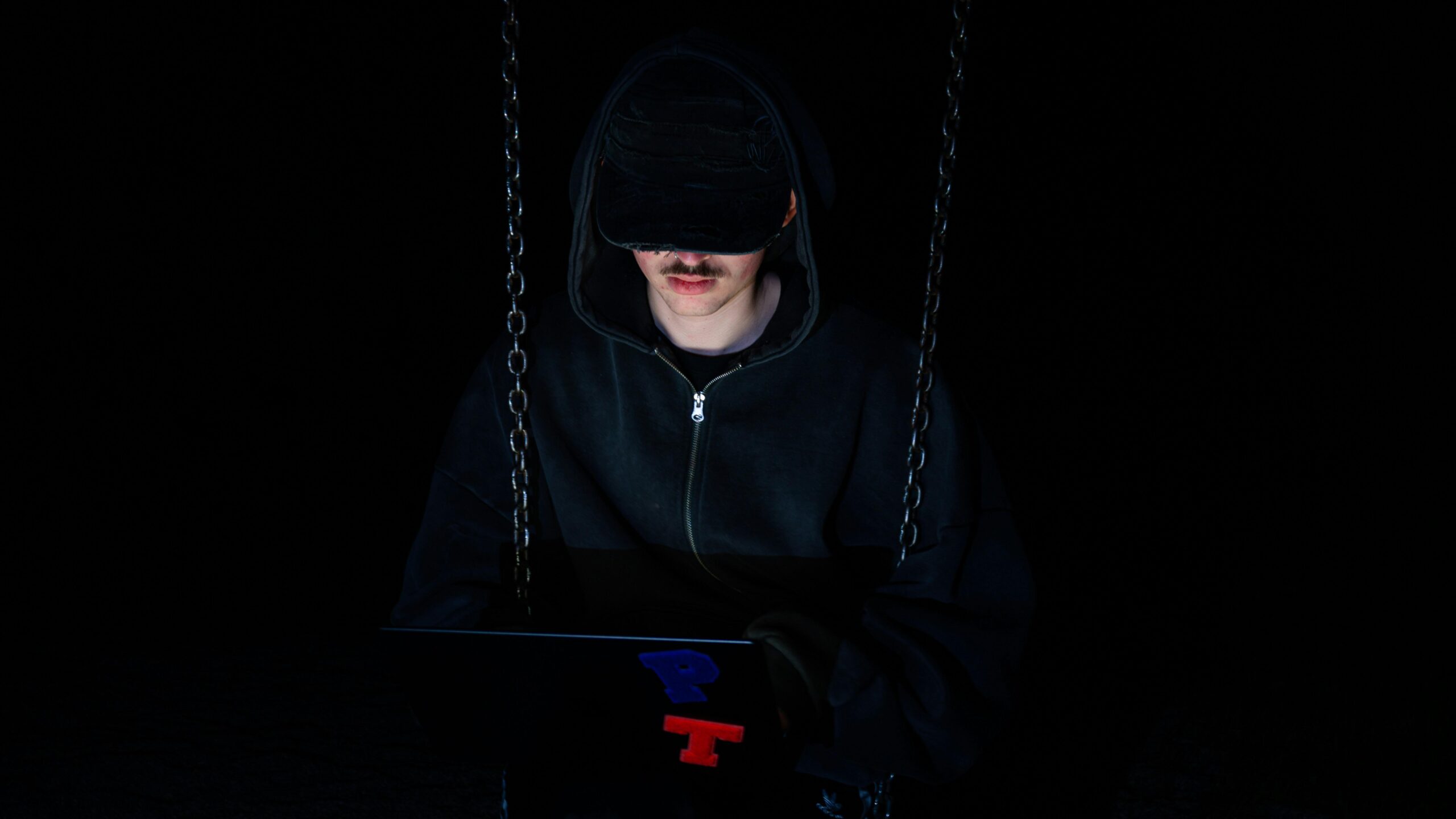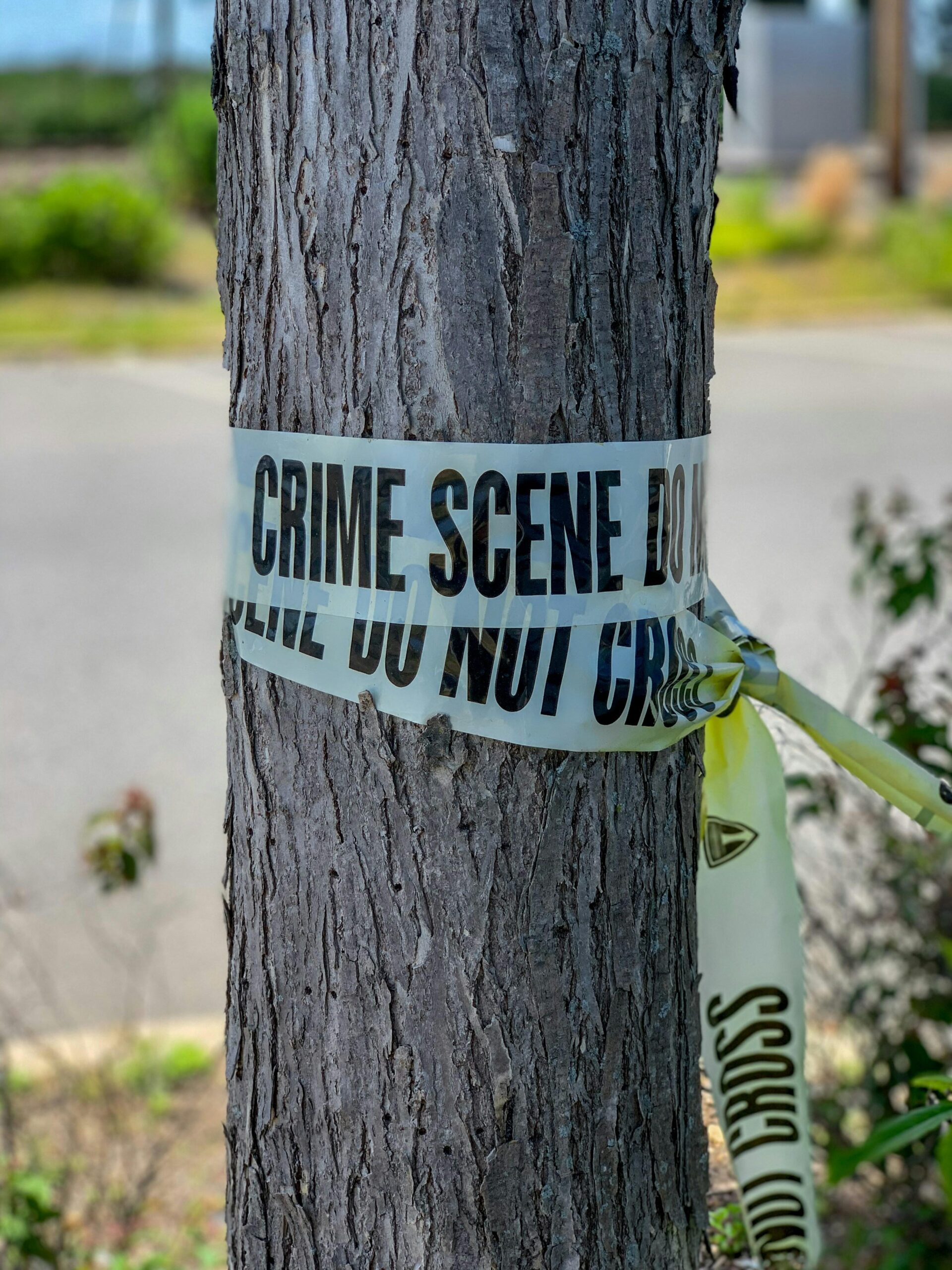When it comes to domestic violence, the role of the police is often viewed through a narrow lens—one that focuses on arrests and reports. But what really happens once officers arrive at a scene of domestic conflict? How do they navigate the complex emotions, legal challenges, and safety concerns swirling around these delicate situations? In this article, we’re taking a closer look inside the police response to domestic violence cases, exploring the protocols, dilemmas, and human stories that shape how law enforcement handles one of society’s most difficult and urgent issues. Whether you’re curious about police training, victim support, or the legal process, join us as we uncover what goes on behind the badge when officers answer calls for help at home.
Table of Contents
- Understanding the Initial Call What Officers Need to Know Before Arriving on Scene
- The Delicate Dance Approaching Victims and Perpetrators Safely and Sensitively
- Collecting Critical Evidence Balancing Legal Protocols with Compassionate Care
- Building Trust and Support Connecting Victims to Resources Beyond the Police Report
- Key Takeaways
Understanding the Initial Call What Officers Need to Know Before Arriving on Scene
Before officers step foot on the scene, the initial call already sets the stage for what they might encounter. Dispatchers relay critical snippets of information, but often, this data is fragmented or emotionally charged, requiring officers to mentally prepare for a complex and volatile environment. Understanding the nature of the relationship between the involved parties, any history of violence, and current threats helps them anticipate the risks. Dispatch may share if weapons are present, if children are involved, or if one party is currently detained elsewhere. This preliminary knowledge shapes officers’ approach, from the urgency of their arrival to how they position themselves upon entering the residence.
Officers also need to consider unspoken cues that may influence their strategy. Variables such as whether neighbors have reported disturbances multiple times or if one party is visibly intoxicated — all contribute to how they plan to de-escalate the situation safely. Key details often include:
- Presence of potential weapons or firearms
- Number and ages of children on scene
- Any restraining orders or prior arrest records known to dispatch
- Emotional states and immediate physical threats indicated by the caller
Preparing for these factors before arrival allows officers to maintain control while safeguarding all individuals involved, ensuring their response is both measured and informed in the face of domestic disputes.
The Delicate Dance Approaching Victims and Perpetrators Safely and Sensitively
Approaching individuals involved in domestic violence requires a nuanced balance of empathy and vigilance. Officers must first establish a calm, non-threatening presence to create space where victims feel safe to share their experiences. Active listening and validating emotions are crucial; a rushed or dismissive approach can unintentionally shut down communication and exacerbate trauma. Officers often rely on subtle cues—body language, tone of voice, and hesitation—to gauge the true dynamics at play behind closed doors.
When engaging with perpetrators, the focus shifts delicately to maintaining control without escalating tension. This involves clear but measured communication, setting firm boundaries while avoiding inflammatory language. Common strategies include:
- Using neutral, non-judgmental language to reduce defensiveness
- Keeping a safe physical distance to prevent sudden aggression
- Employing de-escalation techniques tailored to the individual’s emotional state
These steps, combined with thorough training on trauma-informed responses, allow officers to protect everyone involved and lay the groundwork for more comprehensive support beyond the initial contact.
Collecting Critical Evidence Balancing Legal Protocols with Compassionate Care
When first responders arrive at the scene, they face the delicate challenge of gathering undeniable proof while remaining acutely sensitive to the victim’s emotional state. Physical evidence—bruises, torn clothing, or damaged property—documents the reality of violence, but collecting these details requires more than just a checklist approach. Officers employ empathetic communication techniques, carefully explaining each step to ensure victims feel respected and safe during what is often a terrifying encounter. Their goal is not only to establish facts, but to build trust, a crucial foundation for any subsequent investigation and legal action.
The process also involves a strategic balance of timing and thoroughness. Officers are trained to:
- Photograph injuries and scenes without retraumatizing victims
- Collect witness statements while maintaining confidentiality
- Coordinate with medical professionals to preserve forensic evidence
Such protocols ensure that evidence stands strong in court while victims receive compassionate care tailored to their unique circumstances. This dual approach reveals police work not just as investigative rigor, but as an intricate human connection forged in moments of crisis.
Building Trust and Support Connecting Victims to Resources Beyond the Police Report
When officers arrive on the scene of a domestic violence incident, their role extends far beyond documenting what occurred. Establishing a rapport grounded in empathy and respect is crucial for victims who may feel isolated or fearful. By actively listening and validating their experiences, police create a safe space where victims can share vital information without judgment. This initial trust-building moment often becomes the cornerstone for encouraging victims to seek help and understand the range of support systems available. Without these connections, survivors might feel trapped in their circumstances, viewing the police report as the end of their journey rather than the beginning of a pathway to healing.
Beyond the immediate response, law enforcement officers collaborate with an array of community services to provide holistic aid. Victims are frequently connected to:
- Counseling and mental health support to address trauma and rebuild self-esteem.
- Safe housing options ensuring temporary refuge away from abusers.
- Legal advocacy groups offering guidance on restraining orders and custody issues.
- Financial assistance programs to help victims regain independence.
By guiding victims toward these resources, the police response becomes a bridge to sustained empowerment rather than a mere procedural formality. This comprehensive approach plays a pivotal role in transforming crisis intervention into long-term recovery.
Key Takeaways
As we’ve seen, the police response to domestic violence cases is a complex, deeply challenging, and often delicate process. Behind every call, there are human stories—pain, fear, resilience—and officers trained to navigate these emotions while enforcing the law and ensuring safety. Understanding what happens when law enforcement steps in helps us appreciate the careful balance they strive to maintain between protecting victims and upholding justice. There’s still much to explore about improving these responses, and staying curious about the intricacies can only bring us closer to solutions that better support all involved. What do you think are the key changes needed to make police handling of domestic violence more effective and compassionate? Let’s keep the conversation going.











